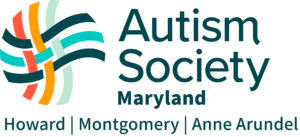By Lisa Carey, M.A., CILSE Education Consultant, and Amanda Hughes, M.Ed., 2016-2017 CILSE Fellow
June 7, 2016
The Higher Education Opportunity Act (2008) defines Universal Design for Learning (UDL) as “a scientifically valid framework for instructional and learning environment design” that aims to help all students become expert learners and is supported by research literature in the areas of neuropsychology, developmental psychology, and education. UDL is distinct from differentiation in that lessons are designed from the start to be accessible to all learners rather than modified after creation.
The framework of UDL is based on research that demonstrates that neurodiversity is the norm and that grouping students based on averages can be pedagogically problematic. There is no such thing as an average learner. Learner variability is the norm in all educational settings. The goal of UDL is to reduce barriers to learning so that all students are able to access content and meet rigorous learning standards.
Although variability is the norm, learner variability often follows a predictable pattern (Meyer, Rose, & Gordon, 2014). For example, the ability to visually perceive information is highly variable. Some students have 20/20 vision, while others may be living with blindness or require glasses. Likewise, students vary in their ability to absorb other forms of sensory information, physically and mentally demonstrate learning, and effectively engage with learning activities.



























